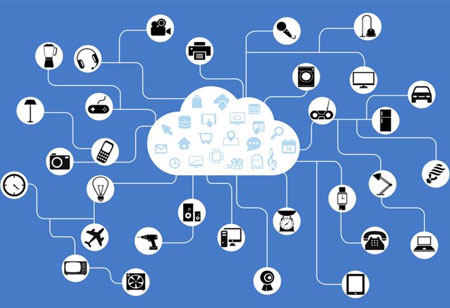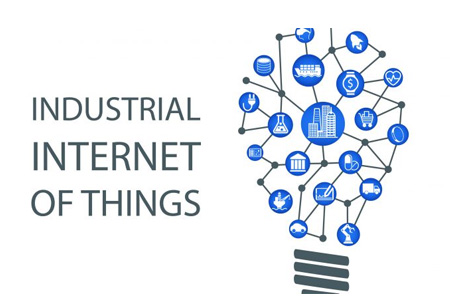THANK YOU FOR SUBSCRIBING
Adopt These Five Effective Solutions to Overcome IoT Security Challenges
Internet of Things is the trending technology nowadays, and it is gearing up fast to connect any hardware devices to the smart devices. The increasing threat to IoT has led to an urge to find practical solutions which may address.

By
Apac CIOOutlook | Thursday, January 01, 1970
Stay ahead of the industry with exclusive feature stories on the top companies, expert insights and the latest news delivered straight to your inbox. Subscribe today.
Internet of Things (IoT) is the trending technology nowadays, and it is gearing up fast to connect any hardware devices to the smart devices. The increasing popularity and demand for this technology are also giving rise to many security issues, primarily privacy concerns and are also making IoT users susceptible to cyber attacks and identity theft. The increasing threat to Internet of Things has led to an urge to find practical solutions which may address this issue and reduce the rate at which cyber actors are attacking IoT devices.
Five solutions that can be adapted to increase the security of IoT devices:
1. IoT Security Analytics
Implementing security analytics can help in reducing issues related to Internet of Things. It involves gathering, correlating, and analyzing data from numerous sources that can aid IoT security providers to examine potential threats and find solutions for it.
Apart from monitoring IoT gateways, there is a need to adopt multi-dimensional security analytics as suspicious anomalies can only be identified by correlating data from a wide range of domains. It allows security experts to correct them and prevent them from having a negative impact on the connected devices.
2. Use Public Key Infrastructure (PKI)
The Public Key Infrastructure refers to the policies and procedures, which is needed for the creation, management, and distribution of digital certificates, and has proven to be a practical solution to IoT security issues. These digital certificates are used for the identity of the entire devices connected in an IoT.
PKI ensures the encryption of data through both the processes- asymmetric and symmetric. In the former, both data encryption and decryption is done using the same key whereas in the latter different keys are used for encryption and decryption. This encryption and decryption of data ensure that the data privacy is maintained and the chances of theft are reduced to a minimum.
3. Ensure Communication Protection
IoT refers to the communication that takes place between the connected devices. However, communication is compromised when there is a communication breakdown. The communication process should be encrypted amid the connected devices and the interface such as web apps and mobile apps.
4. Secure the Network
IoT networks are connected to back-end systems which are already connected to the Internet through an IoT network. Well, this network plays a crucial role in the smooth operation of IoT devices.
There is a requirement for the IoT network to be secured and protected. By employing a few security features like anti-malware, firewalls, intrusion prevention, organizations can adequately protect their system and defend it against any attacks.
5. Device Authentication
Organizations can reduce the risks of Internet of Things device’s vulnerability management to attacks by carrying out a comprehensive authentication for the devices. Theses authentication features include- two-factor authentication, biometrics, and digital certificates. A potential cyber actor would require some personal information to gain access to the devices; therefore, organizations must ensure that nobody has unauthorized access to the tools.





